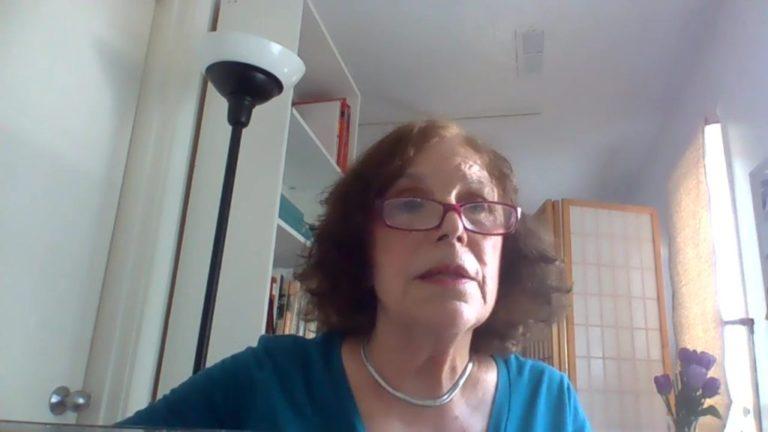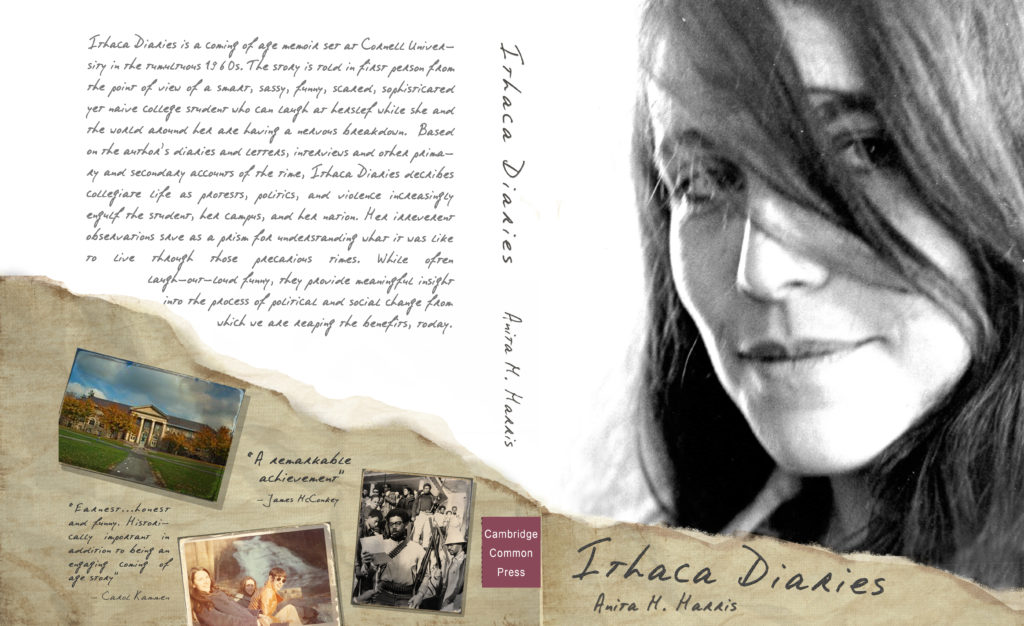Sometimes, I call Ithaca Diaries "Gidget Goes to the Revolution" which, in a way, sums up...
Ithaca Diaries
Cambridge author Anita Harris updates readers on events and reviews re her latest book, Ithaca Diaries.
In an interview with Lisa Mullins on "Here and Now" a daily program of National Public Radio,...
Anita M. Harris is pleased to join fellow members of her writers group, The Write Stuff, in...
Interview with Ithaca Diaries author Anita M. Harris to air on NPR's Here and Now on Monday,...
Anita M. Harris writes that the New York's new Whitney Museum is a work of art in...




